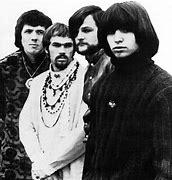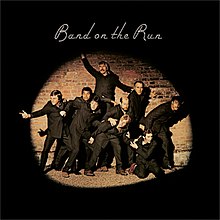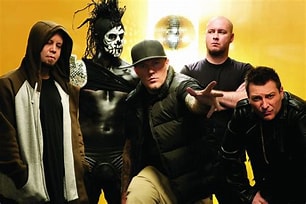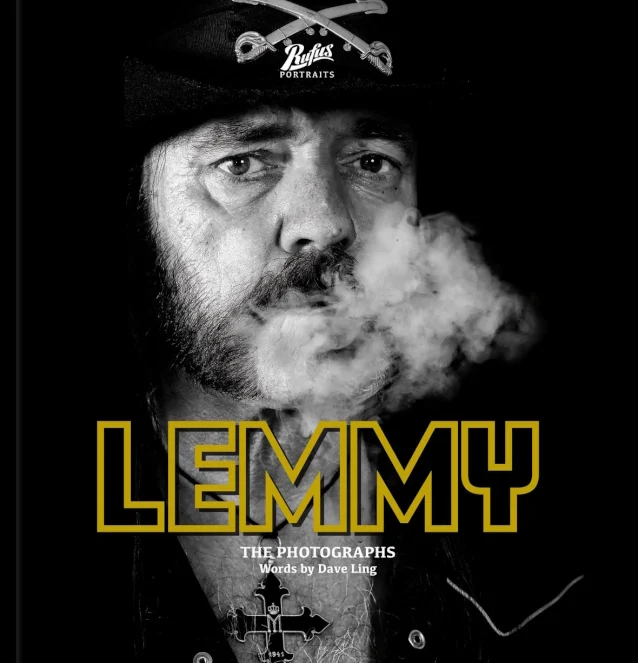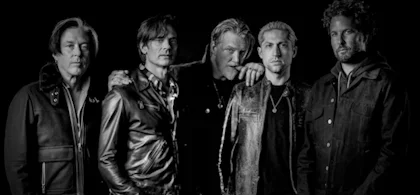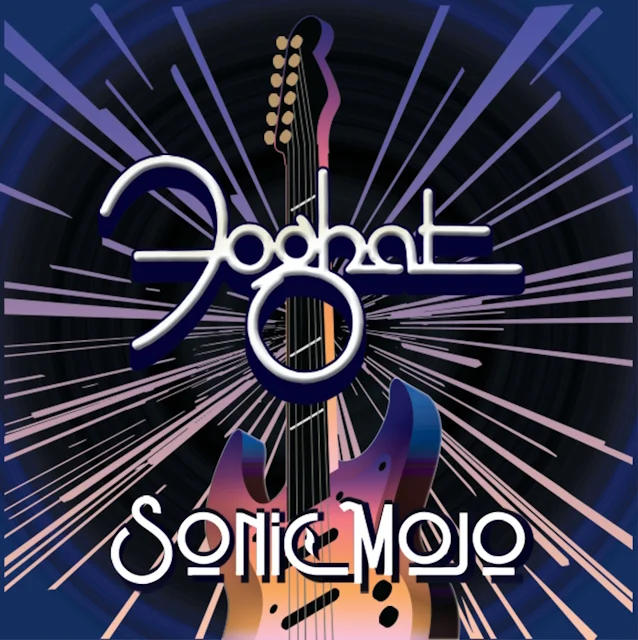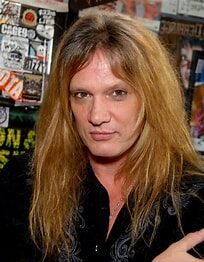Iron Butterfly
Navy towns are great places for Rock bands. You get on-the-job-training working clubs where the only real requirement is to play loud.
Hailing from San Diego, in the mid ’60s, the Iron Butterfly were a five-man group with organist/vocalist/leader Doug Ingle, vocalist Darryl DeLoach, guitarist Danny Weiss, bassist Jerry Penrod and drummer Ron Bushy.
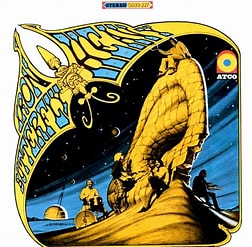
They ventured to LA in ’67 and after building a strong local following recorded their first LP “Heavy” for ATCO Records (a subsidiary of Atlantic). The set held “Unconscious Power” and the “Iron Butterfly Theme.”
It was a groundbreaking start that was almost the finish. Following the sessions, Weiss, Penrod and DeLoach left and ATCO wasn’t sure they were going to release the album.
Ingle and Bushy decided to press on and held auditions, hiring bassist Lee Dorman and 17-year-old guitarist Erik Brann. This line-up hit the road. ATCO became convinced there really was an Iron Butterfly and released “Heavy,” which went gold.
In early ’68, the band entered a New York studio to work on their second album, “In-A-Gadda-Da-Vida.” The title was the result of Ingle’s intoxicated slur of “In the Garden of Eden.”
The song started out as a short little number. But Iron Butterfly relied heavily on solos with the song becoming progressively longer – including Bushy’s now famous drum solo. In the end, it clocked in at 17:05 – the whole second side of the album.
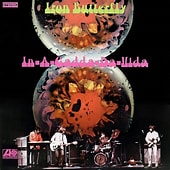
An underground hit, “Vida” got extensive play on the emerging FM radio stations.
At the time, Rock groups were busting the ‘3-minute barrier’ for the length of a song. The Rolling Stones and the Doors buried their extended songs at the end of albums but the Iron Butterfly put “Vida” front and center. Of course, the record label edited the song to an under 3-minute version and shot it out as a single. It became a Top 40 hit.
“Vida” became so big it not only overshadowed everything else on the record it obliterated just about everything the band did before or after.
The album spent over two years on the Billboard charts and Iron Butterfly were credited with creating Heavy Metal (which was a bit of a stretch).
Initially selling more than three million copies, “Vida” convinced Jimmy Page that his new group, Led Zeppelin, should move beyond acoustic songs, ala Joni Mitchell, and beat distorted riffs to death, which they did.
The follow-up “Ball,” didn’t contain an epic track, but was able to ride “Vida’s” success, going gold.
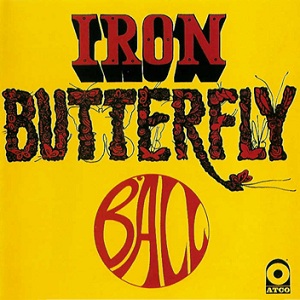
The set featured the dark “In The Time Of Our Lives,” the hippie peace/love song “Soul Experience” and the pop oriented “It Must Be Love.”
In Ingles’ view “Metamorphosis” was a rebirth – getting away from minor-key riffs.
Brann was out and replaced by two guitarists, Mike Pinera, formerly of Blues Image and Larry Rhinehart, a southern phenom friend of the Allmans.
“Easy Rider (Let The Wind Pay The Way),” was a great chord driven song while “New Day” and “Stone Believer” had a lighter touch.
At this point, Ingle was burned out and announced he was quitting during the European tour (Yes was the opening act).
In the mid 70’s Brann got together with Bushy to revive the Iron Butterfly for two forgettable LPs.
The only interesting thing about this period was the disappearance of bassist Phil Kramer. After his ‘late to the party’ career with the Butterfly, Kramer entered the hi-tech world.
On the way to the L.A. airport he vanished, causing all sorts of speculation – everything from corporate espionage to alien abduction. Years later Kramer and his van were found at the bottom of a ravine.
Liver cancer took the 55-year-old DeLoach in ’02. The following year, Brann died of a heart attack as a result of complications from a birth defect that he had battled for years.
Nine years later, Dorman died (12/21/12) of natural causes in his car at his home in the coastal town of Laguna Niguel, CA. Authorities speculated that Dorman may have been on his way to a doctor’s appointment. He was 70.

